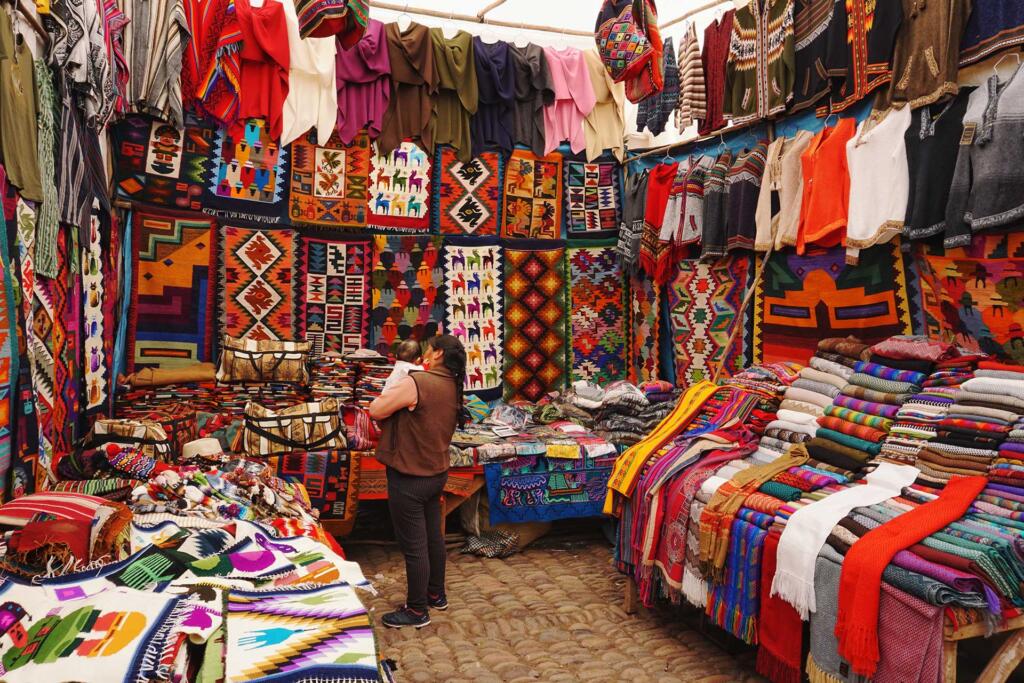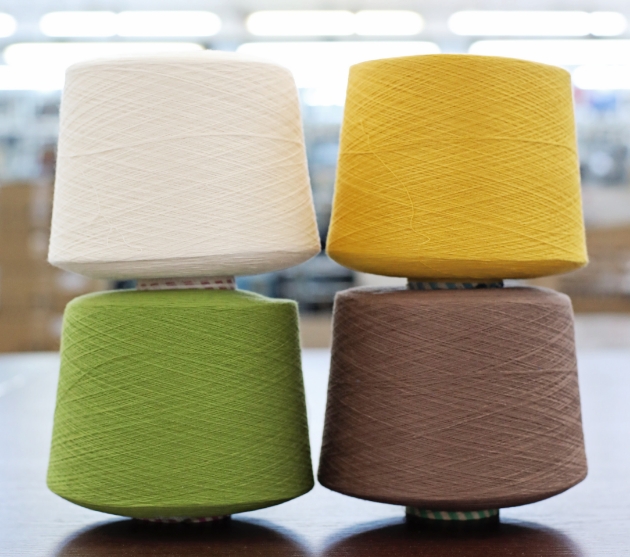Elastic tape, a versatile and essential component in various industries, is produced through a complex manufacturing process that involves a combination of skill, technology, and quality control. In this blog, we will delve into the behind-the-scenes world of elastic tape production and explore the different methods used to create this essential material.
A Brief History of Elastic Tape
Elastic tape has been around for centuries, with early forms dating back to the ancient Egyptians. However, the modern elastic tape that we know today didn’t emerge until the 19th century when advancements in textile technology allowed for the production of high-quality elastic fibers.


The Manufacturing Process
The manufacturing process of elastic tape typically involves the following steps:
- Yarn Preparation: The process begins with the preparation of elastic yarns, which are made from synthetic fibers such as nylon, polyester, or rubber. These yarns are wound onto spools or cones for use in the weaving, knitting, or braiding process.
- Nylon: A popular choice for elastic yarns due to its strength, elasticity, and resistance to abrasion. Nylon is often used in applications that require high durability and performance, such as sportswear and athletic apparel.
- Polyester: Another common option for elastic yarns, offering good elasticity and durability. Polyester is often used in garments and accessories due to its wrinkle resistance and easy care properties.
- Rubber: Natural or synthetic rubber can be used to create elastic yarns, providing excellent stretch and recovery. Rubber is often used in medical applications and industrial products that require high levels of elasticity.
- Weaving or Knitting: Woven elastic tapes are created by interlacing elastic yarns with other fibers on a loom. Knitted elastic tapes are produced by interlooping elastic yarns, similar to knitting fabric.
- Looms: Modern looms are highly automated and can produce elastic tapes in various widths and patterns. Jacquard looms, in particular, are used to create intricate designs and patterns in woven elastic tape.
- Knitting Machines: Knitting machines are used to create knitted elastic tapes, offering a softer and more comfortable feel. Circular knitting machines are commonly used for producing elastic tape.
- Braiding: Braided elastic tapes are formed by intertwining elastic yarns, resulting in a strong and durable product. Braiding machines are used to create intricate patterns and designs.
- Braiding Machines: Braiding machines can produce a wide variety of braided elastic tapes, including flat braids, tubular braids, and specialty braids.
- Finishing: After weaving, knitting, or braiding, the elastic tape undergoes various finishing processes, such as dyeing, printing, and coating. These processes enhance the appearance, functionality, and performance of the elastic tape.
- Dyeing: Elastic tapes can be dyed in a variety of colors to match specific requirements. Dyeing techniques can include vat dyeing, reactive dyeing, and disperse dyeing.
- Printing: Patterns and designs can be printed onto elastic tape using various techniques, such as screen printing, transfer printing, and digital printing.
- Coating: Coatings can be applied to elastic tape to improve its durability, resistance to chemicals, or other properties. Common coatings include latex coatings, polyurethane coatings, and silicone coatings.
- Quality Control: Rigorous quality control measures are implemented throughout the manufacturing process to ensure that the elastic tape meets the highest standards of quality. This includes testing for elasticity, durability, strength, and other essential properties.
- Testing Equipment: Quality control laboratories use specialized equipment to test elastic tape for various properties, such as tensile strength, elongation, and compression.
- Inspection: Visual inspection is also conducted to identify any defects or imperfections in the elastic tape.
Curious about the intricate process behind creating high-quality elastic tape? Contact Max Narrow Fabrics to learn more about our manufacturing techniques and how we ensure the excellence of our products. Let us help you understand the magic behind the elastic tape you rely on.
Choosing the Right Manufacturing Method
The choice of manufacturing method depends on the desired properties of the elastic tape. Woven elastic tapes are often preferred for their durability and strength, while knitted elastic tapes are known for their softness and comfort. Braided elastic tapes offer excellent elasticity and durability.
- Woven Elastic:
- Ideal for applications that require high durability and strength, such as industrial belts and straps.
- Offers a wider range of patterns and designs compared to knitted or braided elastic.
- Can be more resistant to abrasion and tearing.
- Knitted Elastic:
- Known for its softness and comfort, making it suitable for garments and accessories.
- Offers excellent elasticity and breathability.
- Can be produced in a variety of styles and textures.
- Braided Elastic:
- Provides excellent elasticity and durability, making it ideal for applications that require high performance.
- Offers a unique texture and appearance.
- Can be used in a wide range of industries, including medical and industrial applications.

The Importance of Quality Control
Quality control is crucial in the production of elastic tape. Strict adherence to quality standards ensures that the elastic tape meets the requirements of various industries and applications. Defects in elastic tape can lead to product failures, customer dissatisfaction, and financial losses.
- Testing and Inspection: Quality control involves testing the elastic tape for various properties, such as elasticity, durability, strength, and colorfastness. Visual inspection is also conducted to identify any defects or imperfections.
- Statistical Process Control: Statistical process control (SPC) techniques can be used to monitor the manufacturing process and identify potential problems before they occur.
- ISO Certification: Max Narrow Fabrics is ISO 9001 certified, demonstrating our commitment to quality management and customer satisfaction.
Conclusion
The manufacturing process of elastic tape is a complex and skilled operation that requires precision and attention to detail. At Max Narrow Fabrics, we are committed to producing high-quality elastic tape that meets the highest standards of excellence. Our team of experts has extensive experience in elastic tape manufacturing and is dedicated to providing exceptional customer service.




5 Comments
seC4m
516347 45477This style is steller! You certainly know how to maintain a reader amused. Between your wit and your videos, I was almost moved to start my own weblog (properly, almostHaHa!) Great job. I actually enjoyed what you had to say, and a lot more than that, how you presented it. Too cool! 939324
Isabellaaredy
Hey, I just stumbled onto your site… are you always this good at catching attention, or did you make it just for me? Write to me on this website — rb.gy/3pma6x?aredy — my username is the same, I’ll be waiting.
Website Backlinks
We stumbled over here coming from a different web page and thought I might as well check things out. I like what I see so now i am following you. Look forward to looking at your web page repeatedly.
Juliasmand
Hello! I sent a request, but unfortunately have not received a response. Please contact me via WhatsApp.
wa.me/+79173031189
maxnarrowfabrics
We are sorry for the delay. We tried contacting via WhatsApp but couldn’t reach you. Please write to us at admin@maxnarrowfabrics.com and we will get back to you.